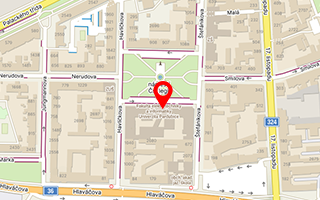Publikace detail
Motion Tracking in Diagnosis: Gait Disorders Classification with a Dual-Head Attentional Transformer-LSTM
Autoři:
Shayestegan Mohsen | Kohout Jan | Trnkova Katerina | Chovanec Martin | Mareš Jan
Rok: 2023
Druh publikace: článek v odborném periodiku
Název zdroje: International Journal of Computational Intelligence Systems
Název nakladatele: Atlantis Press
Místo vydání: Paříž
Strana od-do: article number 98
